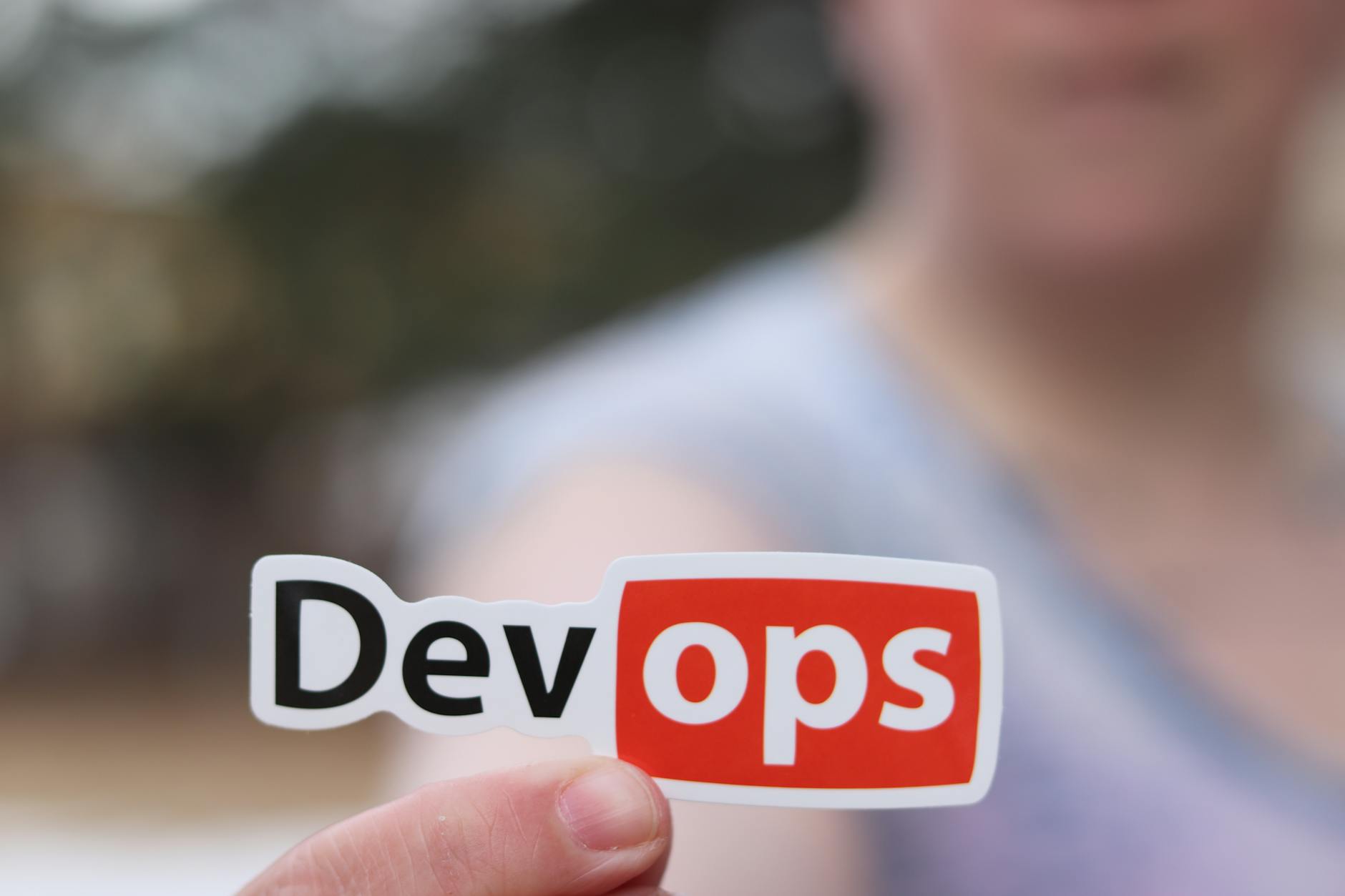
Mastering Email Automation Workflows: A Comprehensive Guide for 2025
In today’s fast-paced digital landscape, leveraging technology to streamline marketing processes is more crucial than ever. Email automation workflows, a vital tool for businesses, provide a robust framework for engaging customers effectively and efficiently. This guide dives deep into the intricacies of automating your email campaigns, offering practical advice and strategies to enhance your marketing efforts.
Understanding the Basics of Email Automation
Email automation is the process of using software to send emails automatically, based on predefined triggers and schedules. This approach not only saves time but also ensures that your messaging is timely and relevant. In 2025, platforms like Mailchimp, HubSpot, and GetResponse dominate the market, offering sophisticated tools for creating intricate automated processes.
How Email Automation Works
At its core, automation involves setting up a sequence of emails that are triggered by specific actions or conditions. For instance, when a new user signs up for your newsletter, they might receive a welcome email, followed by a series of educational emails over the next few weeks. This approach ensures consistent communication without manual intervention.
Top Tools for Creating Effective Email Sequences
Choosing the right software is crucial for successful automation. Here are some leading platforms in 2025:
- Mailchimp: Known for its user-friendly interface, Mailchimp offers a variety of templates and advanced analytics. Pricing starts at $13/month for the Essentials plan.
- HubSpot: A comprehensive CRM solution that integrates email marketing, with prices starting at $50/month for the Starter package.
- GetResponse: Offers a robust set of features including autoresponders and landing pages, with plans starting at $19/month.
- ActiveCampaign: Known for its powerful segmentation and personalization, starting at $29/month.
- ConvertKit: Ideal for creators and bloggers, with an intuitive design and pricing starting at $15/month.
Creating Your First Automated Email Campaign
Setting up your first automated email sequence can seem daunting, but breaking it down into manageable steps simplifies the process.
Step-by-Step Guide to Building an Automated Sequence
- Define Your Goals: Before beginning, determine what you want to achieve. Whether it’s increasing sales, nurturing leads, or engaging customers, clarity will guide your actions.
- Select a Platform: Choose a tool that aligns with your business needs and budget. Consider the options listed above based on your specific requirements.
- Segment Your Audience: Use data to divide your audience into meaningful segments. This ensures your messages are relevant and personalized.
- Create Content: Develop a series of emails that guide your audience toward your goal. Ensure each email provides value and encourages further engagement.
- Set Triggers: Determine the actions that will trigger each email, such as sign-ups, purchases, or website visits.
- Test and Optimize: Before launching, test your sequence to ensure everything functions correctly. Regularly review performance metrics to optimize your strategy.
Benefits of Implementing Email Sequences
Automating your email marketing offers numerous advantages:
- Time Efficiency: Set up once and let the system handle repetitive tasks, freeing up time for strategic activities.
- Consistency: Consistently deliver messages without manual oversight, ensuring your brand remains top-of-mind.
- Improved Engagement: Personalized, timely emails increase open and click-through rates.
- Data-Driven Insights: Gain insights into customer behavior and preferences, allowing for data-driven decisions.
Common Challenges and How to Overcome Them
While the benefits are clear, businesses often face challenges when implementing automated sequences. Here’s how to address some common issues:
Data Management and Segmentation
Ensuring your data is clean and well-organized is crucial. Regularly update your database and use tools like Salesforce for effective CRM management.
Content Quality
The success of your campaigns hinges on the quality of your content. Invest in professional copywriting and design services to ensure your emails are compelling and visually appealing.
Performance Tracking
Without proper tracking, it’s impossible to refine your strategy. Utilize the analytics tools provided by your email software to monitor key metrics like open rates, click-through rates, and conversions.
Frequently Asked Questions
What is the difference between email marketing and automation?
Email marketing involves sending messages to a list of subscribers, while automation uses triggers and sequences to send personalized emails automatically.
How do I choose the right automation platform?
Consider your budget, the complexity of your needs, and the integrations required with existing systems. Platforms like HubSpot and Mailchimp offer trials, which can help you make an informed decision.
Can small businesses benefit from email automation?
Absolutely. Automation helps small businesses maintain consistent communication and manage resources efficiently, leading to improved customer relationships and growth.
Conclusion: Start Automating Your Emails Today!
Now is the perfect time to embrace email automation and transform your marketing strategy. By implementing the steps outlined in this guide, you can enhance customer engagement, streamline operations, and drive growth. Don’t miss out on the opportunity to optimize your email marketing efforts. Choose a platform, set your goals, and start building your automated sequences today!
For further reading and resources, consider visiting the Digital Marketer website for additional insights into email marketing strategies.